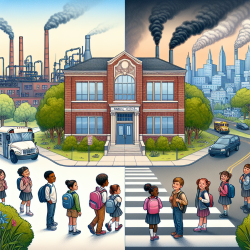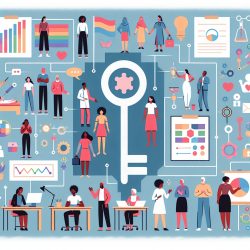Understanding Social Inequities in School Pollution Exposure
As practitioners dedicated to improving educational outcomes for children, it's crucial to understand the environmental factors that can affect learning. A recent study, "Social Inequities in Exposure to Traffic-Related Air and Noise Pollution at Public Schools in Texas," sheds light on how these factors disproportionately impact certain student populations.
Key Findings
The study highlights significant disparities in exposure to traffic-related air and noise pollution among public schools in Texas. Schools with higher concentrations of nitrogen dioxide (NO2) and road noise are more likely to serve Black, Hispanic, and socioeconomically deprived students. This exposure is linked to adverse health outcomes and poorer academic performance, emphasizing the need for targeted interventions.
Implications for Practitioners
Practitioners can use these findings to advocate for and implement strategies that mitigate these environmental challenges:
- Advocacy for Policy Change: Engage with local and state policymakers to advocate for stricter regulations on traffic emissions near schools.
- School-Based Interventions: Implement noise-reducing infrastructure and air quality monitoring systems in schools located in high-risk areas.
- Community Engagement: Work with community leaders to raise awareness and develop community-driven solutions to reduce pollution exposure.
Encouraging Further Research
While this study provides a comprehensive overview of the situation in Texas, further research is needed to explore similar inequities in other regions. Practitioners are encouraged to collaborate with researchers to conduct localized studies and develop tailored interventions.
To delve deeper into the findings and methodology of this study, you can read the original research paper: Social Inequities in Exposure to Traffic-Related Air and Noise Pollution at Public Schools in Texas.










